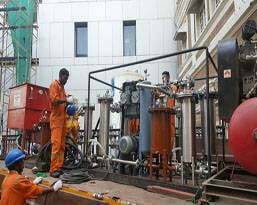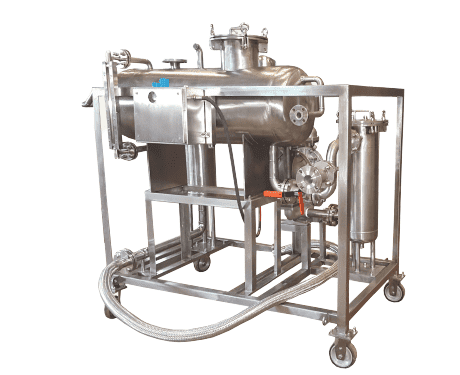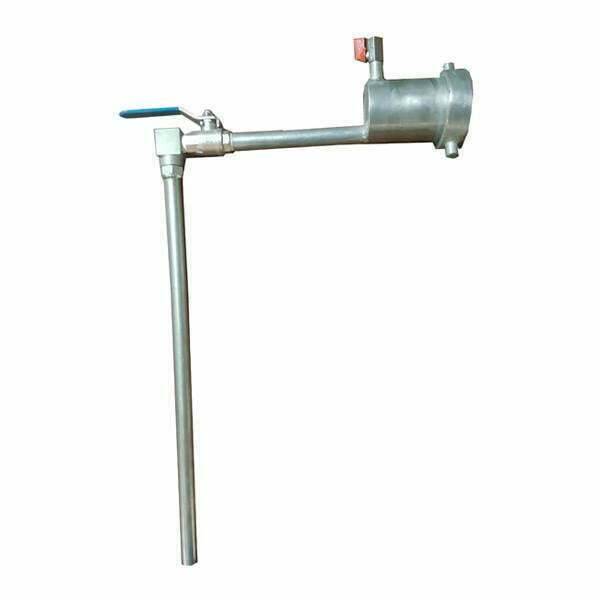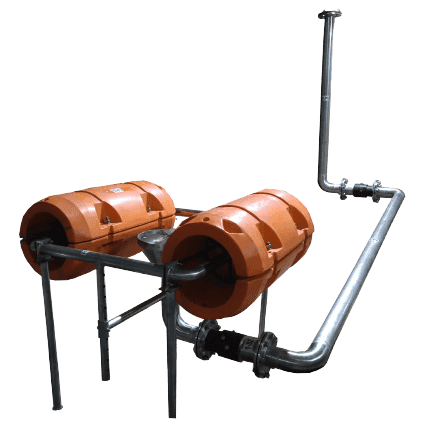No 1 Underground Tank Cleaning Company without Man Entry



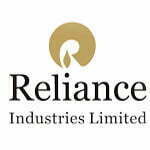








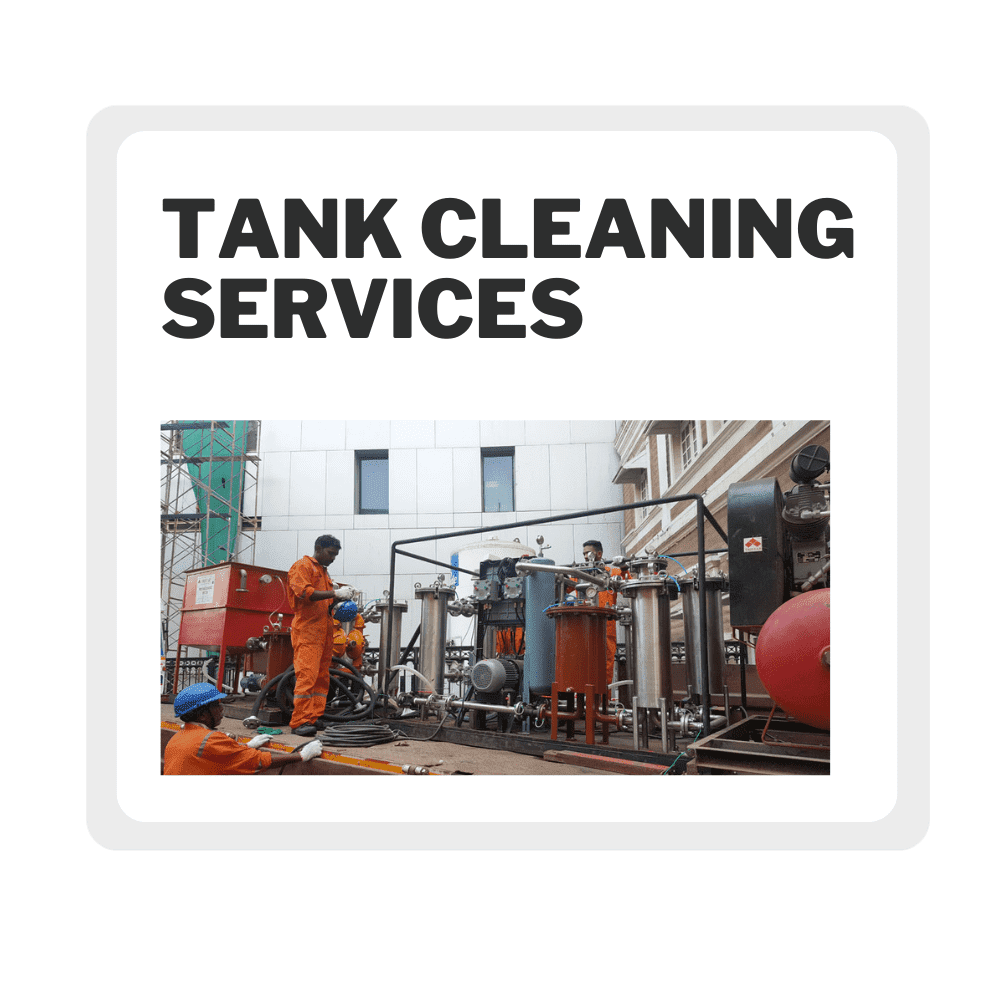
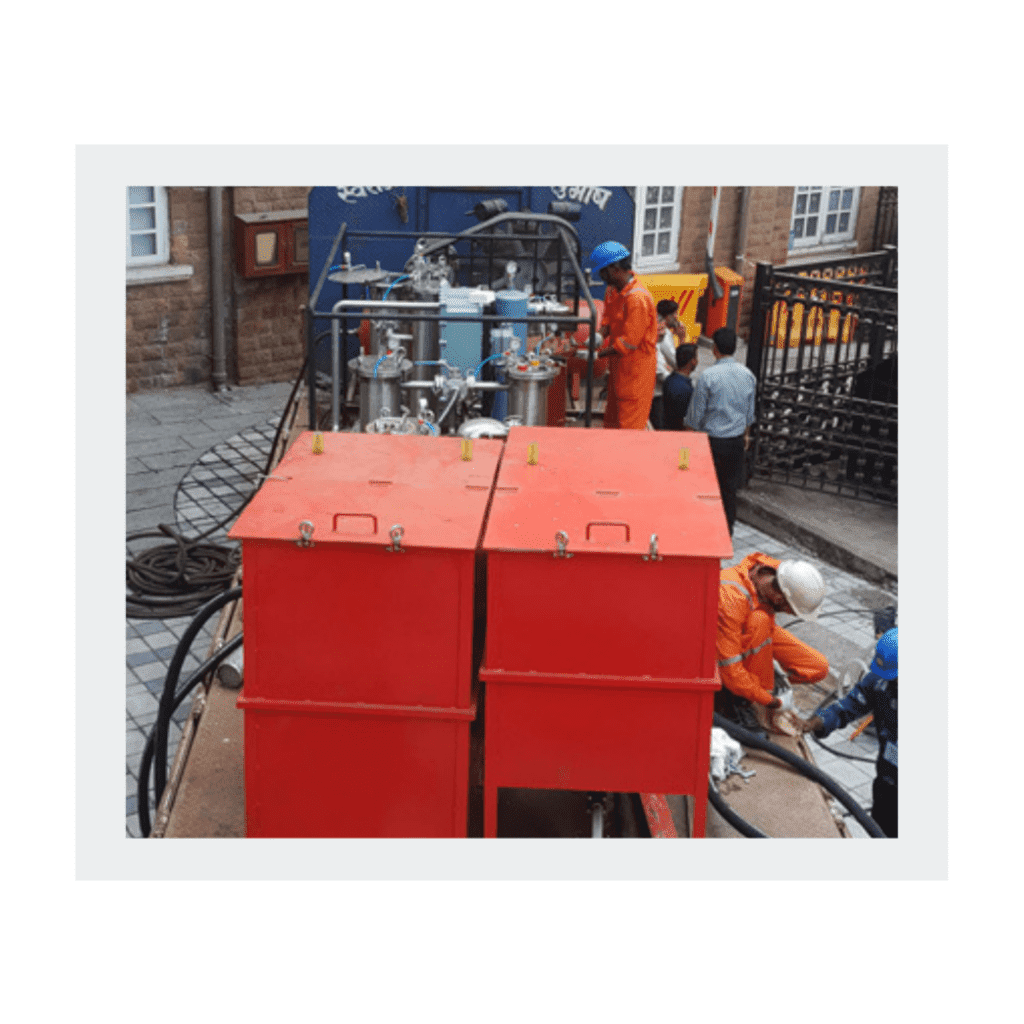
No of Tanks Cleaned Till Date
0
Testimonials
Our Products & Services
Clients








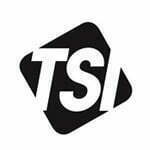

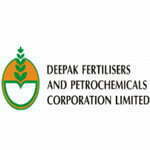
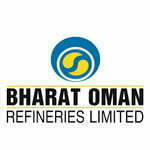
About Us
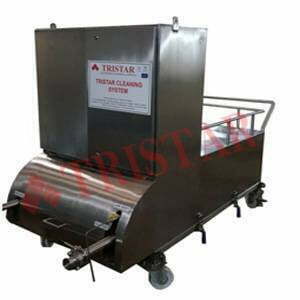
Our Purpose, internally we refer to it as Manan and Sadhana
We exist to Explore and find a better way of solving problems.
हमरा वजूद है छान-बीन करना और समस्या को हल करने का एक बेहतर तरीका खोजना !
By identifying root cause and experimenting with different options to provide innovative solutions.
मूल कारणों की पहचान करके और विभिन्न विकल्प के साथ प्रयोग करके उन्नतिशील समाधान प्रदान करना !
Our Core Values, internally we refer to it as Spiritual Foundation
- We hold ourselves responsible for our products, services, our team, our suppliers, our contractors and our believers (clients), the application we are working on.
- We believe in fulfilment of commitments to our believers (clients), our team, our suppliers, our contractors.
- We believe in treating all stakeholders with respect and dignity.
- We believe in being fair and just to all.

